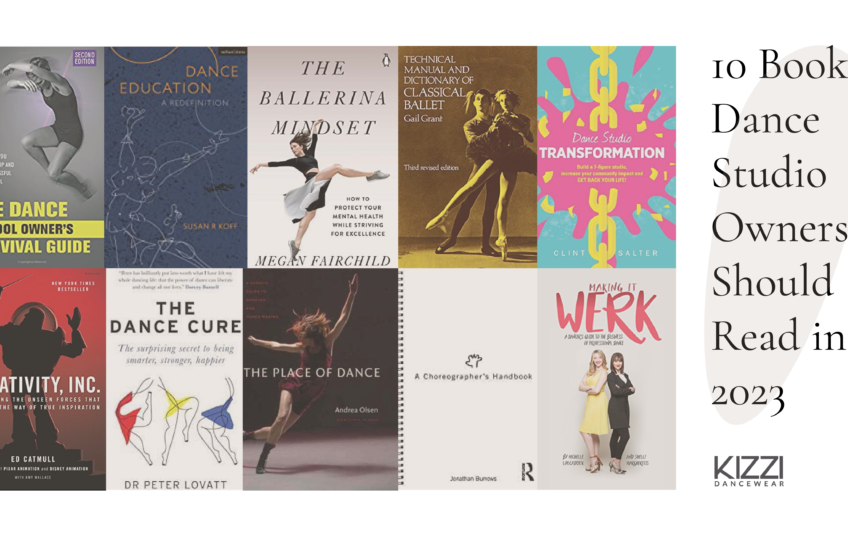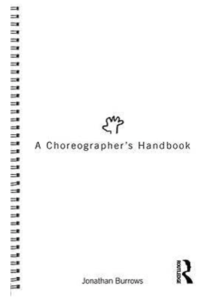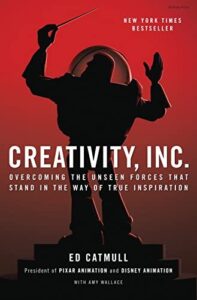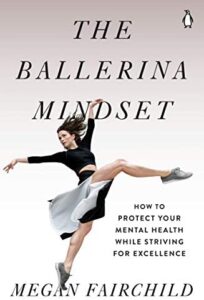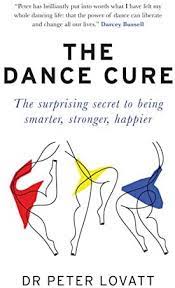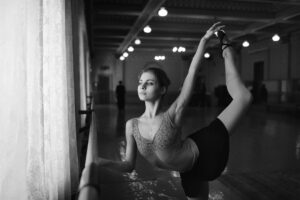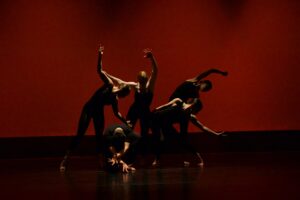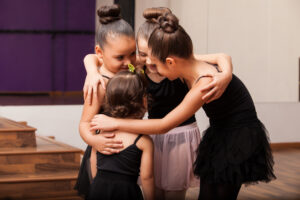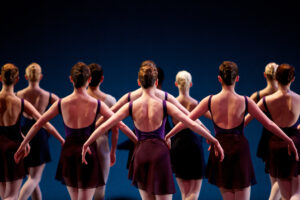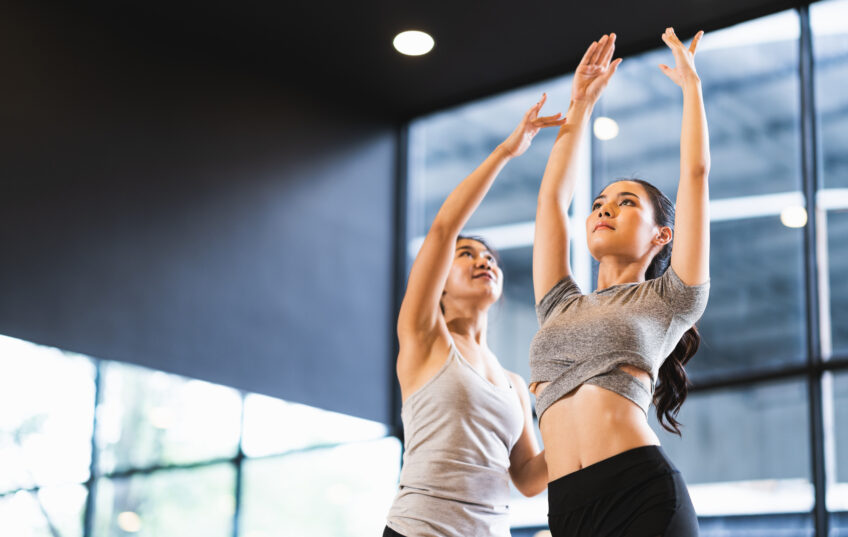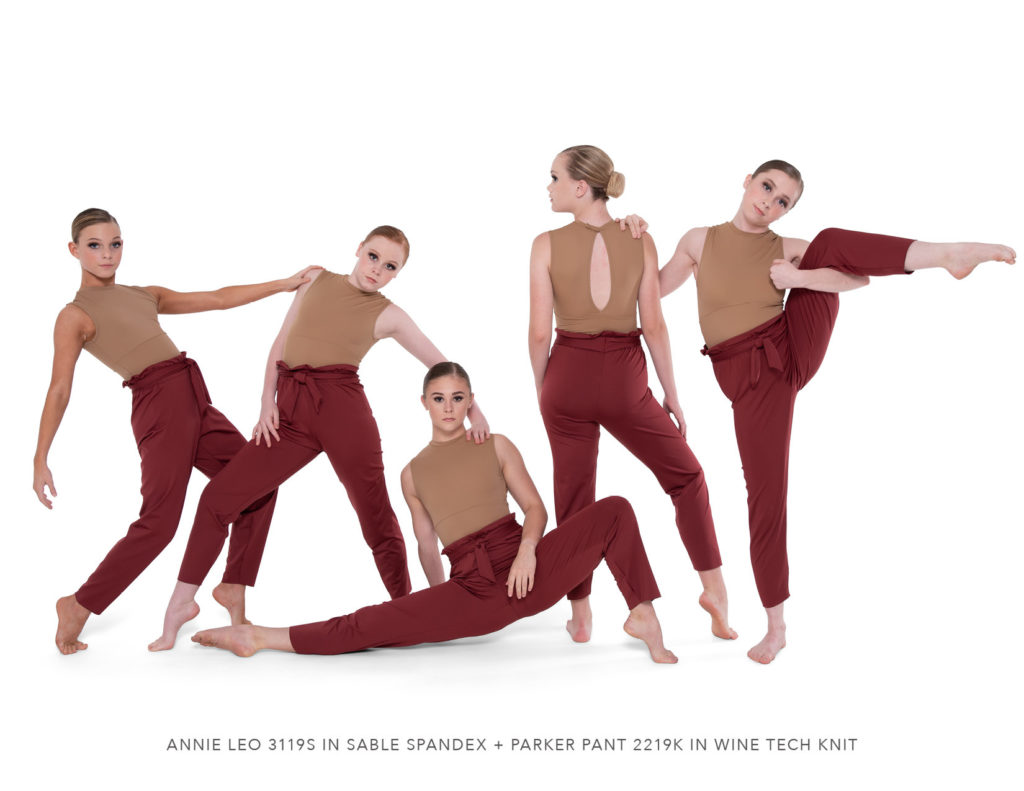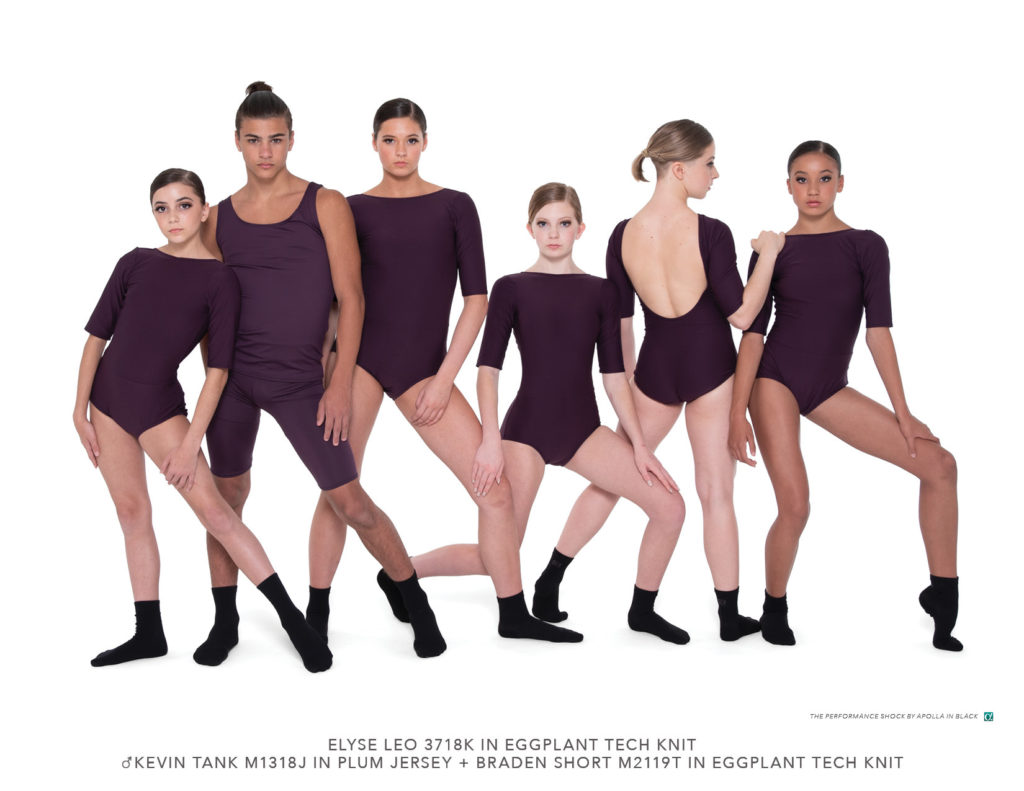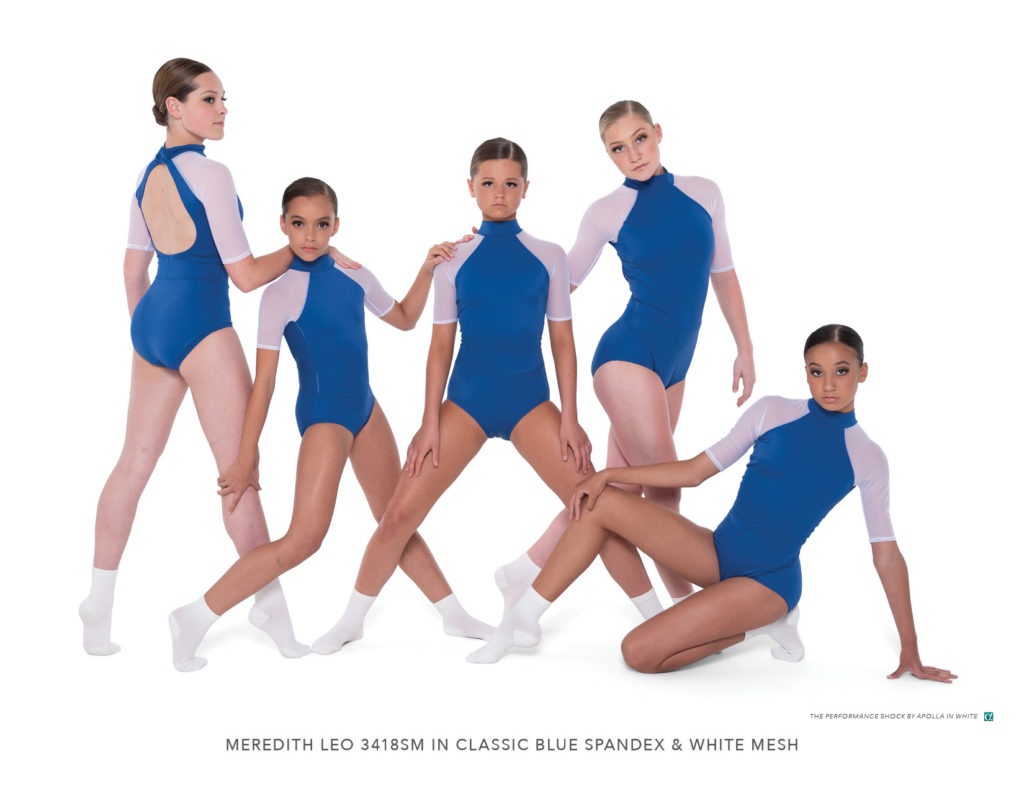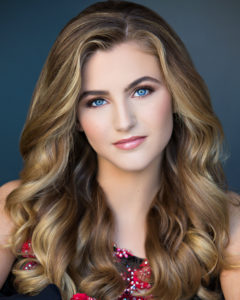It is important for teachers to ensure that their students feel comfortable and secure in their costumes for any performance. If a student does not feel confident or supported, they may not be able to present their best selves onstage. Therefore, it is essential that teachers consider comfort when selecting costumes for their students and take into account the feedback of those who will wear them. The following are some tips on how teachers can make sure that comfort is prioritized while choosing costumes so that all students feel safe while performing.
Talk to your dancers about your costume ideas before you buy
While making decisions, you have to listen to your students to optimize their success on stage. Ask your students if they like the costumes you are considering before making the purchase. Inquire if they would feel confident showing that amount of skin on stage. Listen to their opinions and comfort level; this will aid in selecting the right costumes for your students.
Note on fabric: Choose lightweight and breathable fabrics, such as cotton or spandex. These materials will keep your students comfortable while performing, instead of feeling overheated or restricted in their movements. Your dancers will thank you!
Measure your students properly
The best way to ensure your students will feel their best in the costumes is to measure them properly before you buy. When you measure students, have them stand up straight and keep their arms at their sides. Measure around the chest, waist, and hips to get the basic body measurements for the costume. Take into account any special design elements that will be built into the costume, such as flounces or ruffles that may affect measurements. Make sure you double-check all measurements before purchasing materials or starting construction on your costumes.
Test Out Costumes with Choreography FULL OUT
Once you have purchased the costumes, ask your students how they feel in them. If anything needs to be adjusted to make them more comfortable, do so as soon as possible. When fitting their costumes, check the length and tightness of each part to ensure there is enough space for movement in the costume. Having a fitting early on is great, but make sure you have your dancers test out the costumes with your choreography without marking it. The last thing you want is for dancers to tell you their costumes don’t fit at dress rehearsal. Practice every leap, partnering section, or acrobatic move early on so you know if there will be a problem.
Don’t value aesthetic over your student’s comfort and safety
Let’s say you want your students to wear some type of headpiece in a routine. You order them, and they arrive; however, due to the acrobatic nature of the piece, the headpieces don’t stay on as well as you thought they would. The strap that secures the accessory to the head is flimsy. In this situation, you should ditch the headpiece or get something else. You don’t want to see the headpieces flying off your dancers on stage, potentially becoming a tripping hazard later in the dance. If they do stay on, you don’t want your dancers compromising the choreography for the sake of the headpiece staying attached to their heads.
In a more common example, poorly made costumes can have the issue of support for *the girls*. Every dancer has been there. No matter how one places the straps of their leotard, they feel like their top is barely covering their chest by the end of the routine. If dancers have concerns about how their costume holds them in, one needs to adjust the costume. If not, dancers will be pulling up their straps throughout the piece. They will enter that stage terrified, rather than feeling confident.
These are some tips on how to ensure comfort is valued when choosing costumes. After all, comfort and confidence in their costume should be the priority. When students feel secure and supported, they will give you their best performance yet!
Happy dancing! 😉


